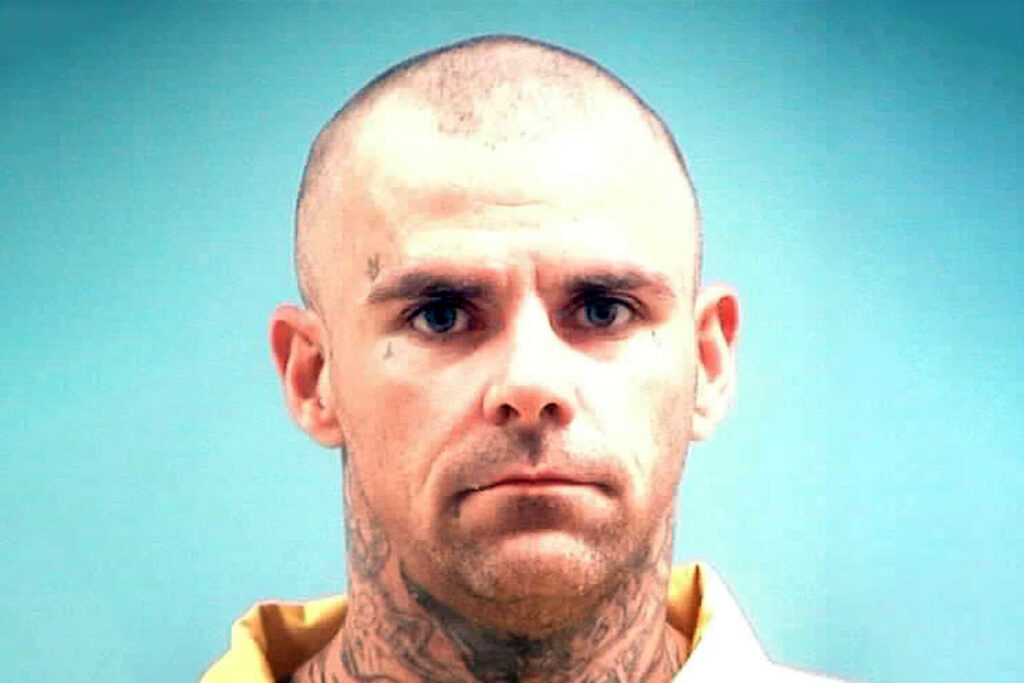A gang helmsman at Unit 30B of the Mississippi State Penitentiary in Parchman, Miss., shouted a threatening message about some inmates he had singled out from that unit in January 2020.
“We’re going to make an example out of these guys,” the African American inmate proclaimed in earshot of Timothy Myers, a white man at the tail end of a 25-year kidnapping sentence, an offense for which he says he is innocent.
“You don’t mess with our s—,” Myers recounted the gang member saying. The speaker and his companions proceeded to beat the three inmates they called out to a pulp, two of whom died as a result.
Myers, now 61, left the Mississippi Department of Corrections’ custody in October 2020, about nine months after that occurrence. He later became aware of the April 2022 Department of Justice’s Civil Rights Division report, which found that conditions at Parchman violate the inmates’ constitutional rights. While looking at the report, he “was trying to see” whether it detailed what happened to the inmates the gang helmsman called out that day in January 2020.
When he could not find mention of the incident, he reached out to the Mississippi Free Press in July 2022 to share his recollections.
Since August, MDOC officials have repeatedly ignored this publication’s requests for an interview with Mississippi Department of Corrections Commissioner Burl Cain for this story.
On Nov. 7, a DOJ spokeswoman told the Mississippi Free Press in an email that the department is “continuing to investigate conditions at three other prisons in MS, so we do not have any additional comment at this time,” after a request for the latest developments since that report’s release. The three other prisons include the Southern Mississippi Correctional Institution in Leakesville; Central Mississippi Correctional Facility in Pearl; and Wilkinson County Correctional Facility in Woodville.

On Nov. 4, Myers told the Mississippi Free Press that he hoped to “sell” the story to the publication. Told that news outlets cannot ethically pay sources for stories, he agreed to proceed. “It’s OK with me. Yeah, it’s okay. Go ahead,” he said.
By Myers’ account, the gang leader called out one Black inmate and two white inmates. The names of the white inmates were Timothy Hudspeth, 35, and James Talley, 36. Myers did not recall the name of the Black inmate.
“When the gangs say, ‘We want the back,’ that means everybody’s got to go to the front, everybody who’s not a gang member or who’s not affiliated with that particular gang,” Myers said. “They’ve all gotta clear the area and go up front where the day room is, so everybody was upfront, and these guys … all had the back.”
‘Dopes Hidden Up in the Ceiling’
Myers told the Mississippi Free Press that white gang-member inmates “were having problems with” Black inmates in another gang. “So there was a lot of stuff going on. There was a lot of drug use. There was a lot of meth—ice, they call it—brought in by the officers, by staff members,” Myers said, continuing his characterization of what was happening.
“From what I understood, these guys were accused—the two white guys—were accused of getting into the Black (gang members’) drug stash in the ceiling of the building,” he added. “They had their dopes hidden up in the ceiling of the building, and the white guys were accused of getting into it. So I guess, as far as I know, that’s kind of what prompted all this on that particular day in that particular zone.”
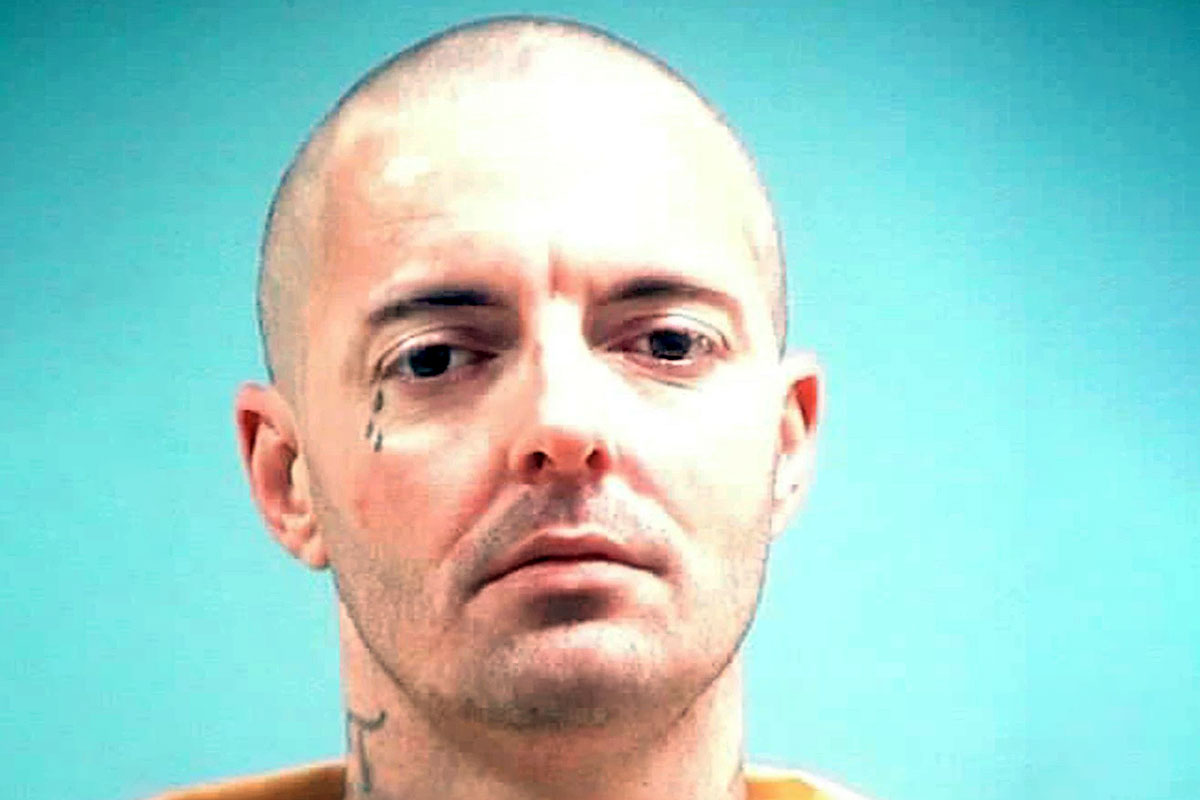
When this reporter asked Myers how the Black inmate was involved, he said, “I guess they … he got the finger pointed at him, too, for getting into the dope, or he was involved in it some kind of way. … He was using the dope or whatever. The ax dropped on these three guys for some reason.”
He added that he thought the choice of the three inmates was arbitrary because no one presented any evidence for singling them out.
‘The Beatings Went On For Hours’
Myers and a friend were going to the table to eat their lunch when the incident occurred. He estimated that it was around noon.
The beating went on for hours as the Black gang members took turns, using various items to beat Hudspeth, then Talley and finally the unnamed Black man, in full view of the sole warden in the tower overlooking the Parchman unit, Myers alleged. In addition to various pieces of heavy equipment, “like a club,” including broom and mop handles, the assailants used their fists and “kicked them and stomped them and just literally took turns,” the former inmate said.
“They would take breaks. … The beatings went on for hours—two or three hours,” Myers recalled. “Guys would get tired, so they’d rotate other gang members in to continue the beating. When they got done beating one, they put him in his bed, and they went and got the next one and beat him.”
Myers said he believed the incident occurred because “the gangs down there run the prison.”
The April 2022 U.S. Department of Justice report accused MDOC of failing to control gang activities and accused authorities of not considering “the root causes of incidents—such as underlying gang activity, contraband sources, and potential staff failures—and interconnections between incidents.”
“The failure to properly investigate assaults, staff delinquency, large contraband finds, gang activity, and other security related incidents enables violence and harm to persist,” the report added. The document included the word “gang” 92 times and the phrase “gang activity” 29 times.
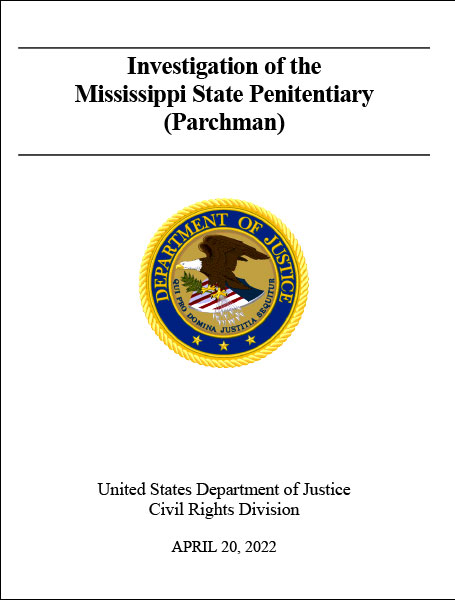
The DOJ report highlighted how such events result from low staffing, noting what had happened in the same unit months later. “In October 2020, several incarcerated individuals stabbed another incarcerated individual to death in the shower area of Unit 30,” it explained. “The sole correctional officer assigned to watch the approximately 180 incarcerated persons in that area did not observe any signs of disturbance from her position in a tower removed from the floor.”
“Approximately three hours after the stabbing, an incarcerated person alerted the officer that another incarcerated person needed help, and she called for backup,” it added. “When help arrived, they found the victim unresponsive, and he was pronounced dead a few minutes later.”
The April report noted the violence problem at Parchman. “Our investigation found widespread, largely unchecked, violence against incarcerated persons by other incarcerated persons in Parchman,” the Department of Justice wrote, and it noted at least 10 homicides from 2019 to 2020.
“Three of the 2020 homicides occurred in a single week in early January, where one incarcerated person suffered 89 stab wounds, a second incarcerated person similarly suffered 75 stab wounds, and a third incarcerated individual died from strangulation,” it added.
The Right On Crime Podcast published an interview with Mississippi Department of Corrections Commissioner Nathan “Burl” Cain on Nov. 3, 2022, where he promised to rid Mississippi prisons of gang activity and explained that the measures he is applying include permitting inmates to form religious groups.
“They’re producing moral people, and they’re doing churches and doing whatever they do, be it Muslim, be non-denominational, be whatever,” Cain said. “We don’t care, but they form groups that are positive and good, and we combat the gangs and get rid of the gangs. There were no gangs at Angola when I left.”
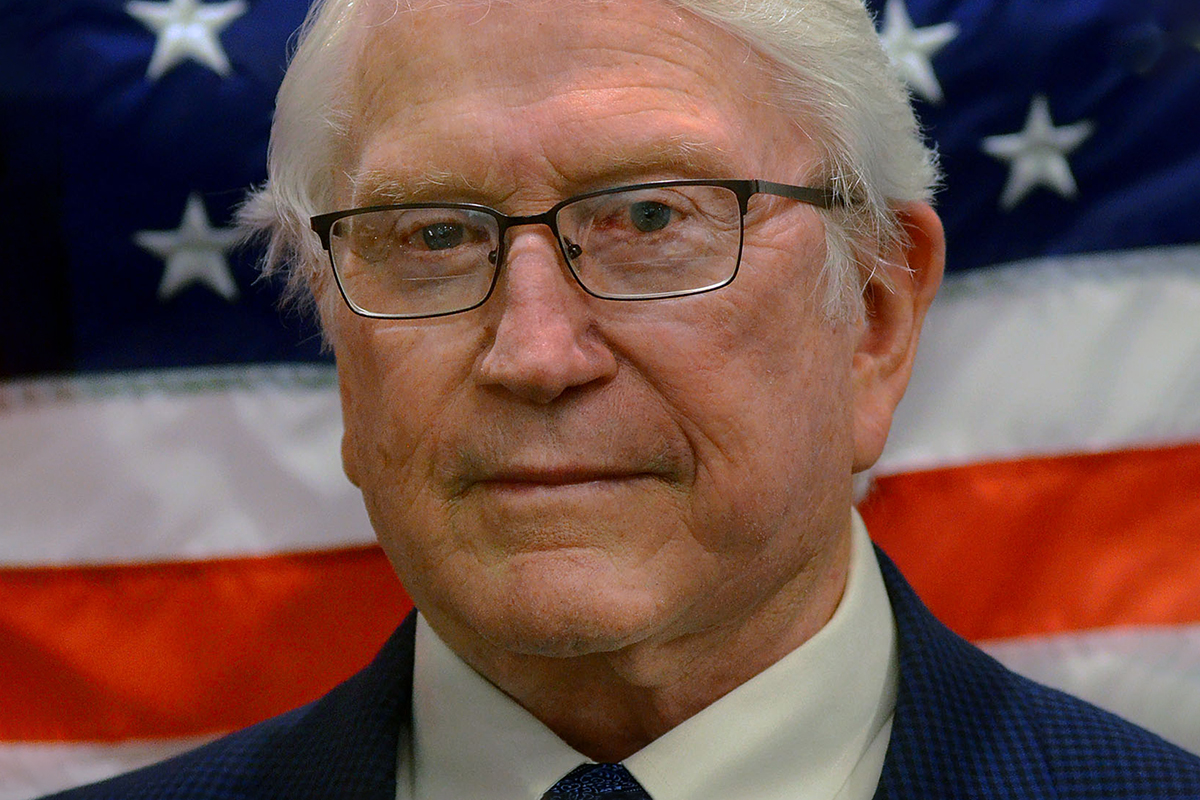
Cain, who was the controversial former warden of the Louisiana State Penitentiary at Angola, said that legalizing cigarettes for inmates was a way to undercut gangs’ influence.
“And so part of the way we cut the gang—people say, ‘Oh, you shouldn’t have done it’—but we should have done it because they were smuggling in tobacco so much that we started (allowing) smoking again,” he said. “We made $1.2 million a year off cigarettes, and you can just say that the gang was making that much money off cigarettes. So we took their economy away from them. So that’s one way we cut the gang, hurt the gang.”
Cain said on the podcast that he has been able to reduce the gang population in the prisons. From “6,500 when I got here, we’re about 800 now,” he said. “So the first thing we’ve got to do is clean it up and get rid of the gang or get them so diminished that they’re becoming ineffective because they cause all the chaos in the prison.”
“I’m not going to have any gangs here, I think in another two years, and I’m going to be rid of them,” he added. “But I’ve created new gangs for people to belong to that are positive and good. And violence just goes away because they’re focused on positive things to get them out.”
Burning the Evidence After Beating
Timothy Myers told the Mississippi Free Press that inmates who severely beat the three others in January 2020 attempted to cover up the act by putting what they had used in “one of those yellow mop buckets with the wheels on it, … and they pushed it into the bathroom,” he said during the interview. The bucket was plastic.
He said he could not see what happened in the bathroom because a wall separates it from the living area, but could “hear what’s going on.”
“They lit this stuff on fire to destroy the evidence, and this plastic, you know, when it burns, it gives off this acrid black smoke, and it fills up real quick—mop bucket caught on fire and everything,” he said.
The fire alarm went off, and the gang members panicked and ran to “the tower windows” and made a “cutting throat motion with their hands” to tell the officer to turn it off “the fire alarm, which she did,” he said.

Myers believes that the female prison officer did wrong by agreeing to cut off the fire alarm and suggested that “she turned off the fire alarm to stop anybody from coming in front of the administration building over to the unit.”
“Where I was sitting, eating my lunch, me and my buddy at the table there in the day room, we’re probably only 10, 15 feet away from the tower,” he explained. “And we can see in the windows of the tower, and we sit there and watch the tower officer sit there in her chair and watch all this stuff going on.”
“She sat there and watched it happen, and then she, of course, aided and assisted by turning off the fire alarm and preventing anybody from the administration (from) coming over to the building and seeing what was happening,” he added. “She was complicit in the murder of these guys, and I mean, you know, I saw this with my own eyes. I sat there and watched.”
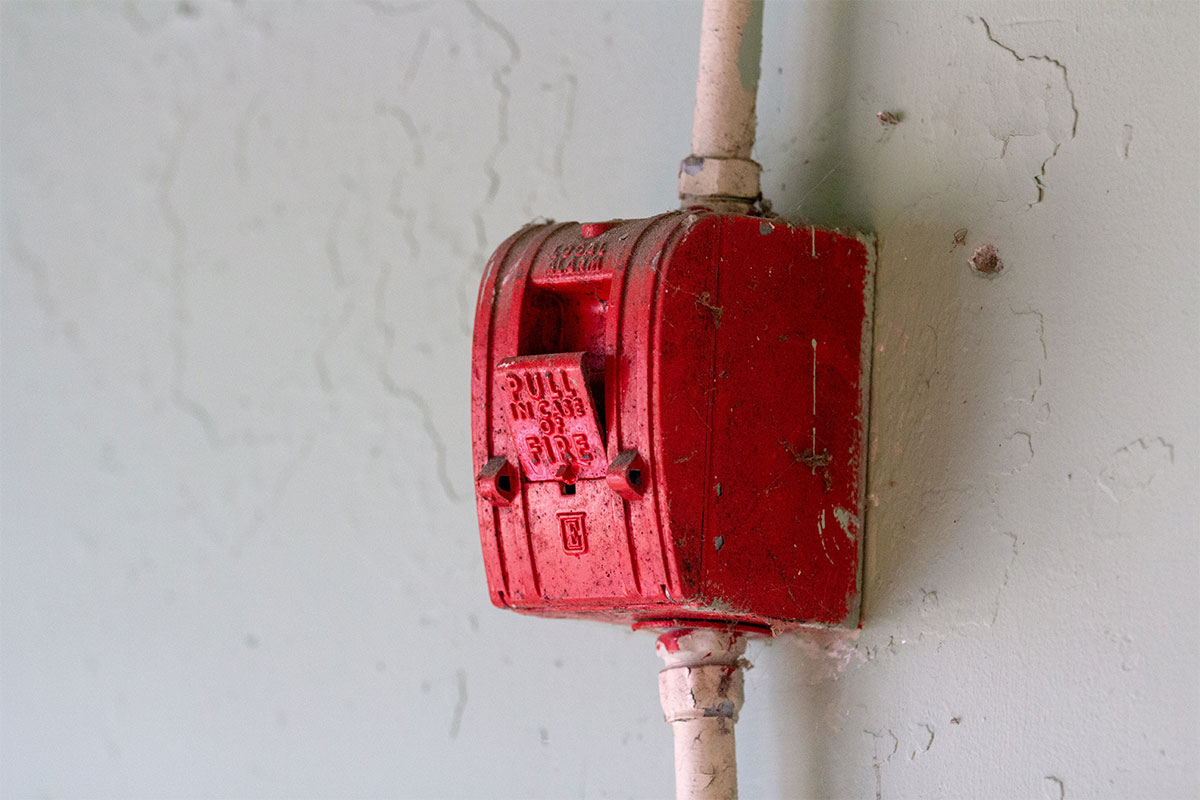
Myers said nothing happened after the violent incident until days later. He believed someone got in touch with the MDOC hierarchy. “So it was like two days later, they came in and just did their routine check, and then they found one of the guys dead.”
This wellness check occurred about 2 a.m., Myers said. “And so when they found the one guy dead, of course, they took him out, and then they started going around checking everybody.” That inmate was Hudspeth.
They then found Talley, whom Myers said was still alive at the time. He suggested that he “died somewhere between the time they took him out and the time he got over to the (Mississippi State Penitentiary) hospital.”
“And so then they found the other guy, the third guy, the Black guy, they found him he was alive, but he was beat up real bad,” he added. “So they took him to the hospital, and that’s really the last that I heard or saw.”
The April 2022 Department of Justice report contained an account of what happened that day on pages 10 and 11 of the 80-page report, while highlighting “the risk of serious harm from the lack of supervision on the housing units.”
“On January 21, 2020, the Sunflower County Sheriff’s Department telephoned a Parchman security supervisor to relay that they had received reports that an incarcerated individual in Unit 30 had been stabbed,” the report said. “This outside call prompted the Parchman supervisor to request ‘welfare checks’ on the Unit, which began approximately 30 minutes later.”
Parchman is in Sunflower County.
“They discovered that two incarcerated persons had been assaulted and required an ambulance,” the report said. “One of the victims relayed to staff that the fight occurred approximately 12 hours before he was discovered.”
“He died later that morning from blunt force trauma that included multiple injuries to his torso, rib fractures, and cranial fractures. MDOC has not provided a CID investigation report of the homicide.”

At 9 a.m. on Jan. 21, 2020, the Mississippi Department of Corrections tweeted about the incident. “Two inmates were killed in Parchman last night. At this moment, it appears to be an isolated incident—not a continuation of the recent retaliatory killings. The Parchman chaplain has reached out to the next of kin,” the organization said. “We are investigating further now. When we compile details and feel confident that information is accurate, we will quickly share more.”
Gov. Tate Reeves responded shortly afterward with his own tweet: “We have been working around the clock with MDOC and DPS (Department of Public Safety) to respond immediately and prevent this going forward. There is much more to be done here. We have asked them to provide as much information to the public as possible as quickly as possible. Transparency is the first step.”
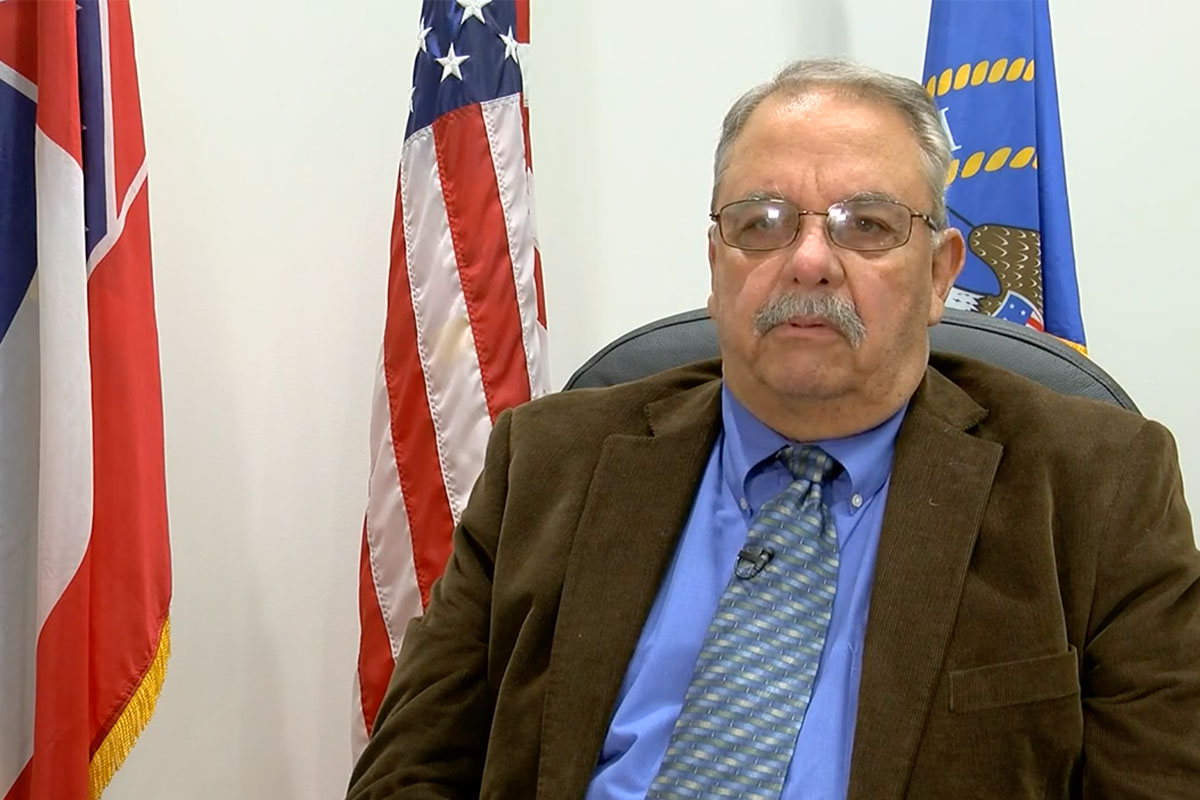
Boyle, Miss., Mayor Tommy Taylor assumed the position of interim MDOC Commissioner on Monday, Jan. 20, 2020. The next day he released a statement on the incident. At press time, he had not returned a call the Mississippi Free Press made to his office on Nov. 9, 2022, for further comments on the incident.
“The safety of staff and prisoners at Parchman is our immediate priority, and we are working hard to restore and maintain order,” Taylor said in the Jan. 21, 2022, press release. “We believe that the motivation behind this latest altercation is limited to this new tragic set of circumstances. The environment that makes such violence possible must be addressed quickly, and we are committed to making changes to do so.”
MDOC would later mention that Hudspeth and Talley had died due to a fight. They “were killed during a fight with other inmates at Unit 30, where they were housed, according to Mississippi Department of Corrections officials,” wapt.com reported at the time.
In Myers’ interview with the Mississippi Free Press, he said officials did not enter the facility to find out what happened. “They did not come in and talk to anybody after they found the guys; they took ’em out. They didn’t come in and talk to anybody. They didn’t do any kind of investigation. It was just like, it was all hush hush,” he said.
Jan. 21, 2020, news reports of the incident following MDOC’s tweet that morning confirmed that the two people who died were Hudspeth and Talley. WAPT reported that Hudspeth was serving 10 years for possessing a firearm as a felon after sentencing in Tate County in April 2018.
Sunflower County Coroner Heather Burton said the MDOC notified her of fatalities around 5:20 a.m. on Jan. 21, 2020, and that both males looked to have died as a result of blunt-force trauma.


